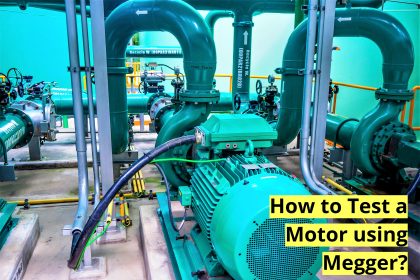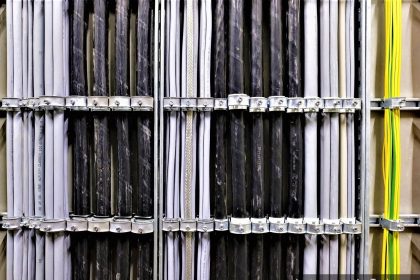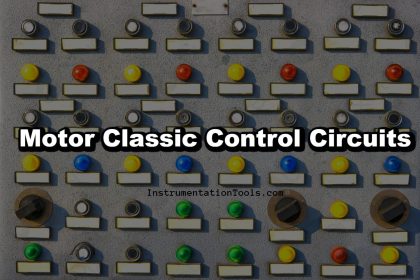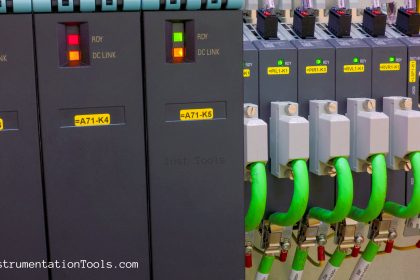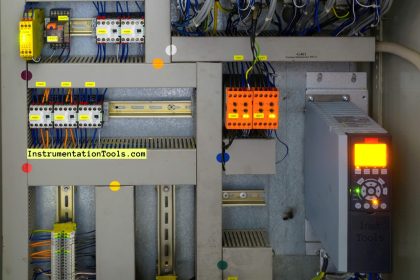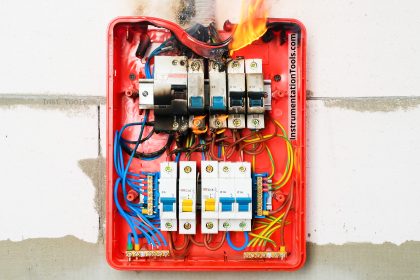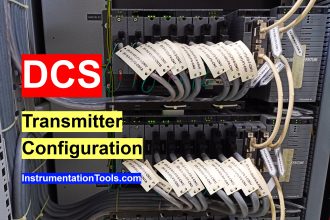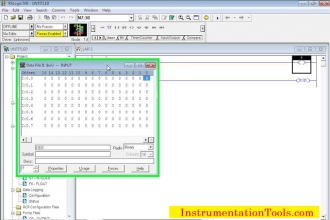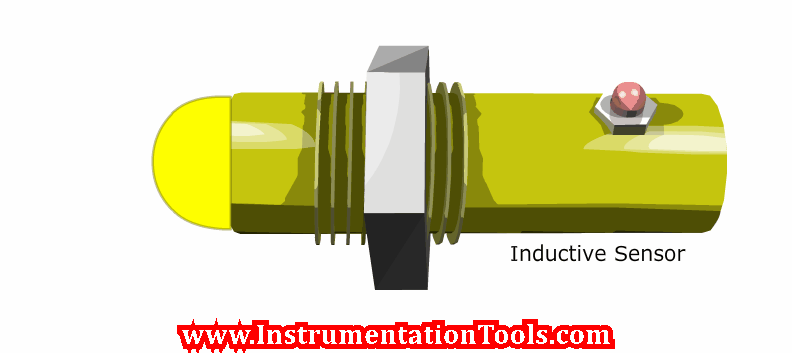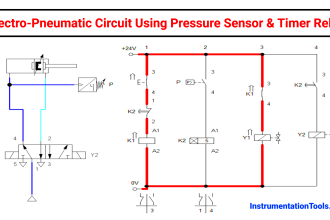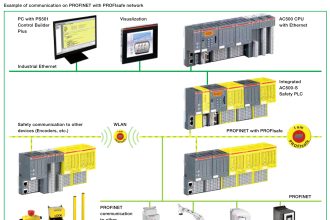A miniature circuit breaker (MCB) is an automatic electromechanical device that guards the electrical system short circuit and overcurrent.
MCB is a replacement of rewirable switch-fuse for low power domestic and industrial applications.
MCB is a function of three functions in one and ensures protection against short circuit, switching, and overload. Protection of overload by using a bimetallic strip and short circuit protection by a solenoid.
MCB should not be confused with the earth leakage circuit breaker(ELCB), MCB is only an overload relay.
Principle
As the current flows through the bimetallic strip, it gets heated up and deflects by bending and releases the mechanical latch.
The deflection of the bimetallic strip depends on the amount of current flowing through the strip. More the current, the faster the deflection of the bimetallic strip.
During the short circuits, the transient current flowing through the solenoid forces the plunger towards the latch. This action is rapid and releases the mechanical latch and opens the contacts immediately.
MCB (Miniature Circuit Breaker)

- Actuator lever – used to manually trip and reset the circuit breaker. Also indicates the status of the circuit breaker (On or Off/tripped). Most breakers are designed so they can still trip even if the lever is held or locked in the “on” position. This is sometimes referred to as “free trip” or “positive trip” operation.
- Actuator mechanism – forces the contacts together or apart.
- Contacts – allow current when touching and break the current when moved apart.
- Terminals
- Bimetallic strip – separates contacts in response to smaller, longer-term overcurrents
- Calibration screw – allows the manufacturer to precisely adjust the trip current of the device after assembly.
- Solenoid – separates contacts rapidly in response to high overcurrents
- Arc divider/extinguisher
Tripping Mechanism
- Thermal Tripping
- Magnetic tripping.
MCB Rating
The ampere rating describes the maximum current the circuit breaker can carry without tripping.
Available in the range of 0.5 A to 100 Amp.
Types of MCB based on Tripping Characteristics
- Type B
- Type C
- Type D
- Type K
Type B
In type B, the MCB trips between 3 to 5 times of full load.
Operating current 0.4 to 13 seconds.
Type of load: Resistive loads.
Response: React quickly to overloads.
Uses: Incandescent lighting, bulbs, heaters. Residential applications.
Type C
In type C, the MCB trips between 5 to 10 times of full load. Used in residential or industrial applications.
Operating current 0.4 to 5 seconds
Type of Load: Slightly inductive loads.
Response: React more slowly.
Uses Highly inductive loads such as motors, Air conditioners, fans, and household appliances.
Type D
In type D, the MCB trips between 10 to 20 times of full load. This is used in industrial or commercial applications where there could be chances of the higher value of short circuit currents in the circuit.
Operating current 0.4 to 3 seconds.
Type of Load: Inductive loads.
Response: React more slowly.
Uses Very high inrush inductive currents such as small transformers, UPS, small motors, pumps.
Type K
In type K, the MCB trips between 8 to 10 times of full load.
Operating current less than 0. 4 to 3 seconds.
Type of Load: Inductive loads.
Response: MCBs are slower.
Uses: Enhanced protection is achieved without nuisance tripping.
Types of MCB based on Poles
- Single pole
- Double pole
- Three pole
- Four pole
A single-pole (1P) MCB provides switching and protection only for one single phase of supply.
A two-pole (2P) provides switching and protection for both phase and neutral.
A three-pole (3P) MCB provides switching and protection only to three phases and not neutral.
A three-pole with neutral (3P+N) has switching and protection to all three phases and additionally neutral.
A four-pole (4P) MCB is similar to Three poles neutral.
Advantages
- Handling of an MCB is safer.
- Restoration of power supply quickly is possible with MCBs.
- During abnormal conditions such as overload and fault conditions, automatically switches off the electrical circuit.
- Power restoration can be done quickly.
- It is easier to identify when they have tripped.
Disadvantages
- Slow tripping
- Aging and wear
- Vulnerability to heat
- They are more expensive than fused switches.
- Can not protect against earth faults.
Applications
Miniature circuit breakers (MCB) are used in residential, commercial, and industries.
Reference: Wikipedia
Read Next:
- Circuit Breaker Quiz
- Circuit Breaker Animation
- Oil Circuit Breakers
- How to Select a Fuse?
- What is Auto Reclosing?
